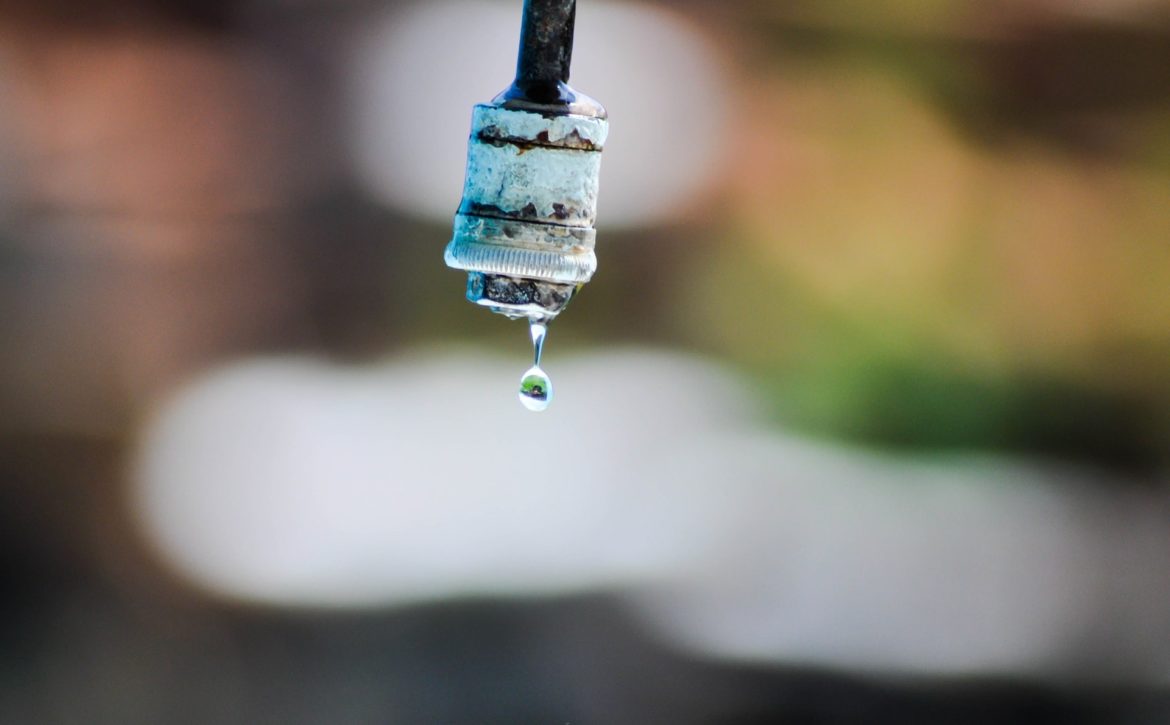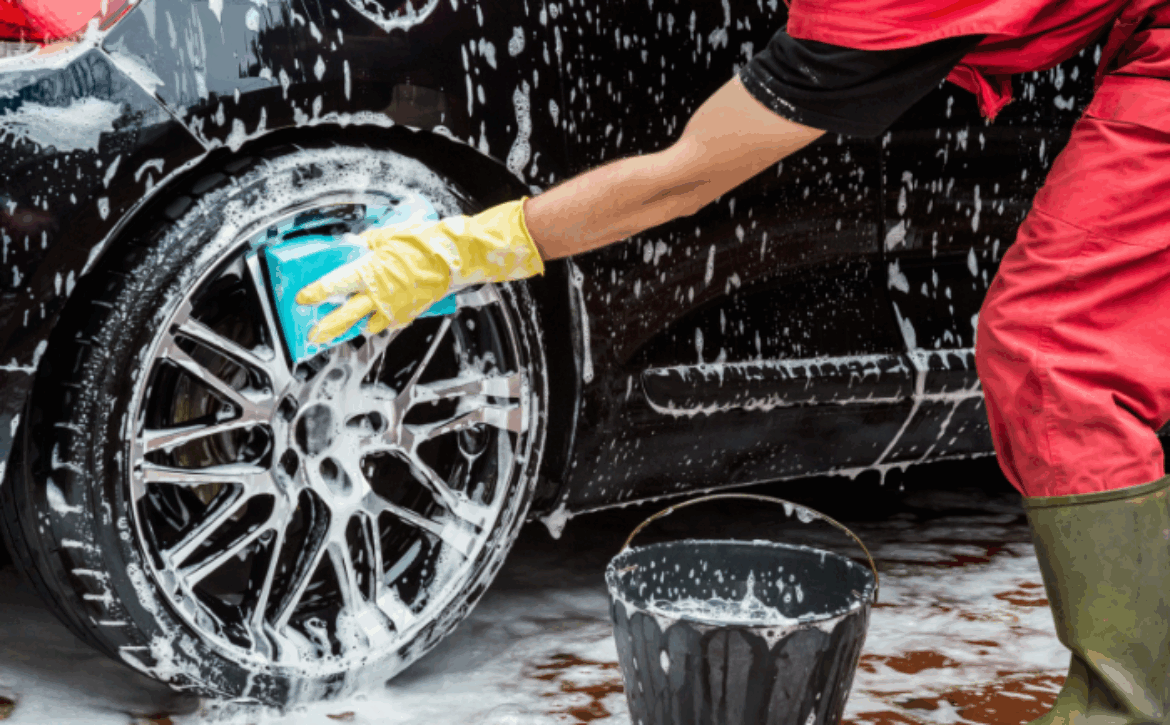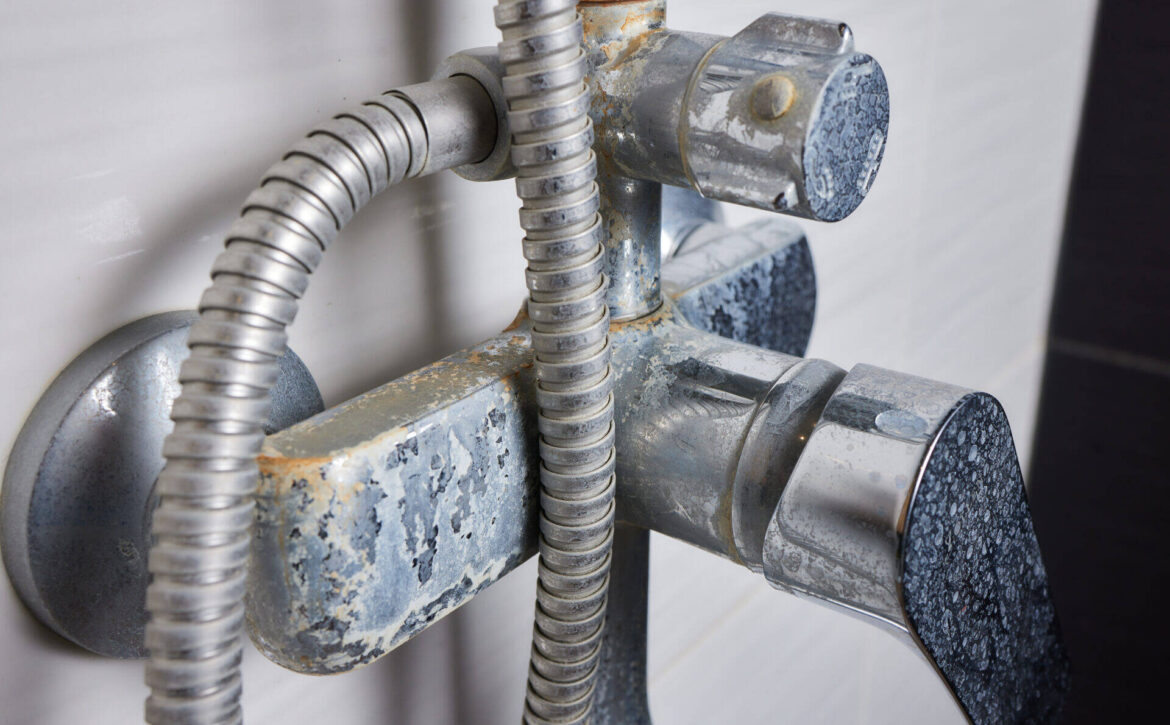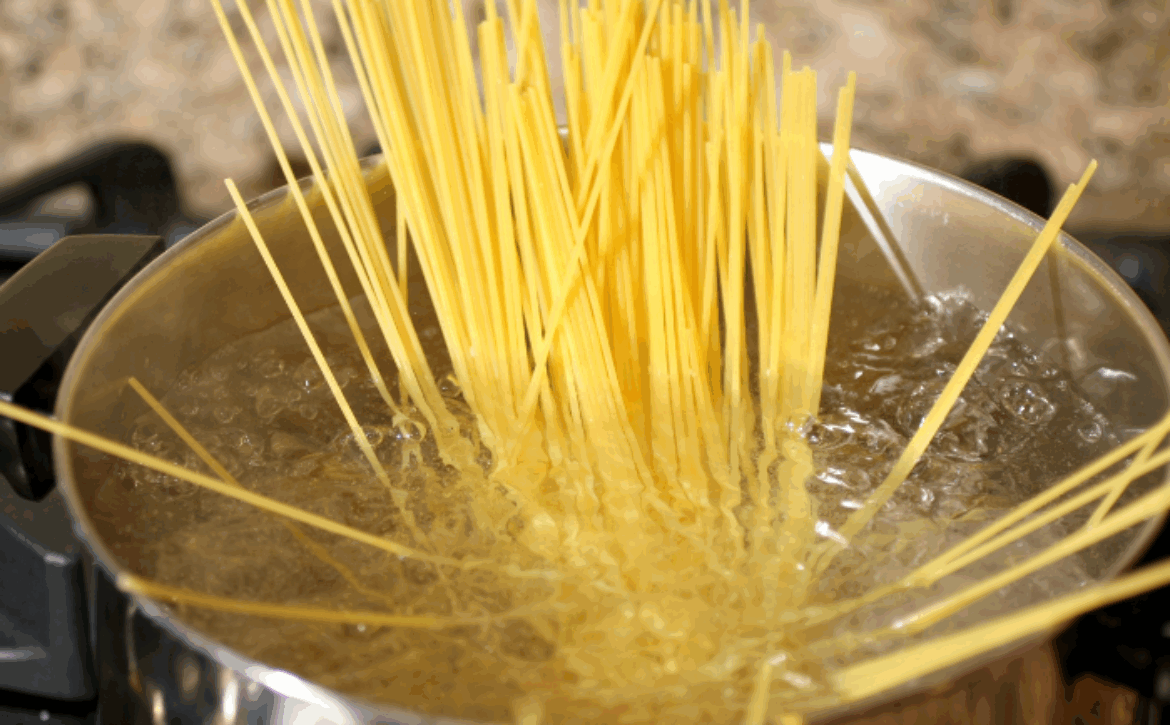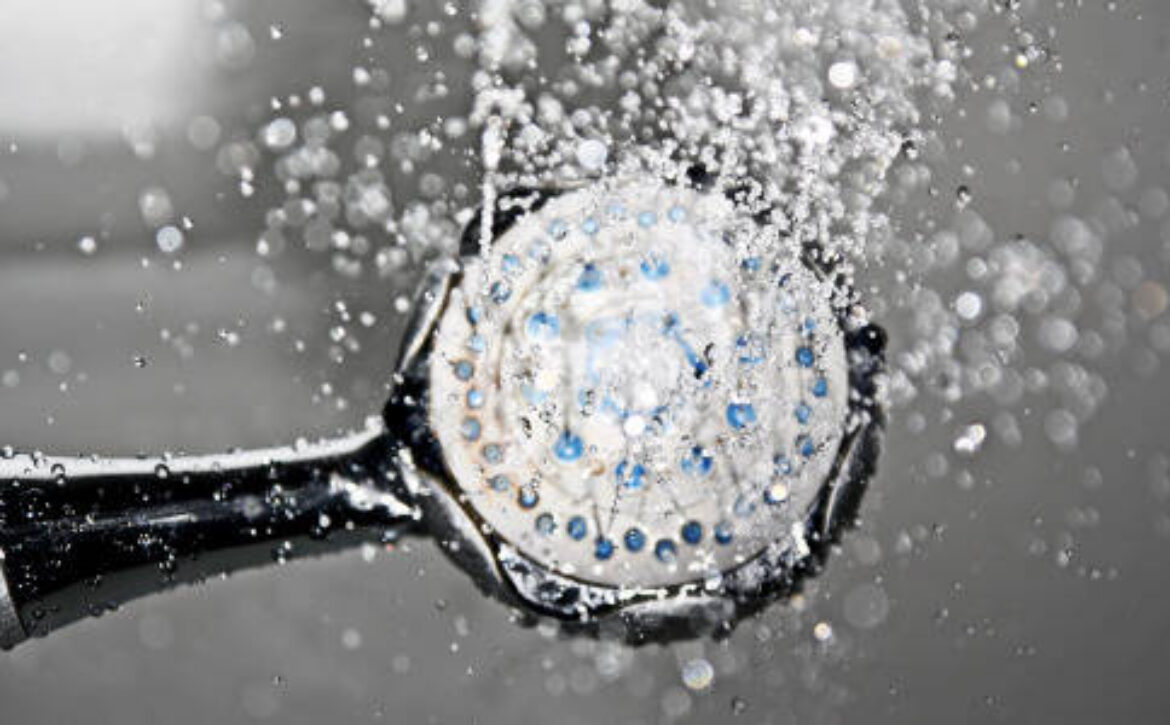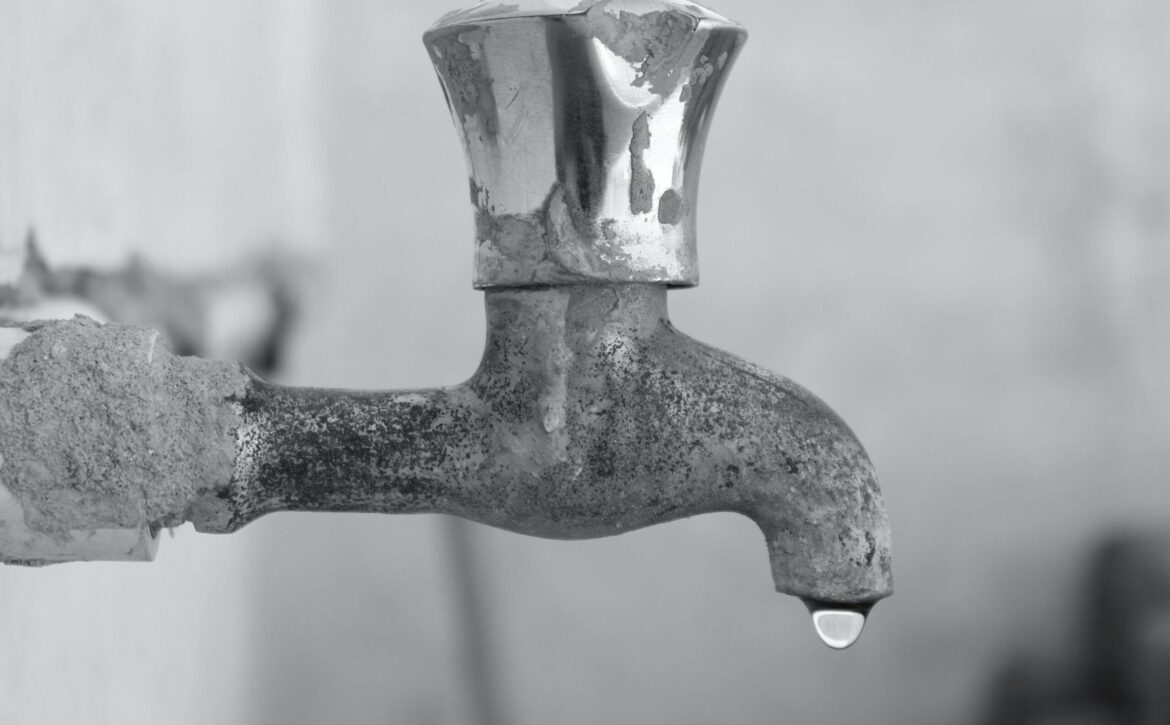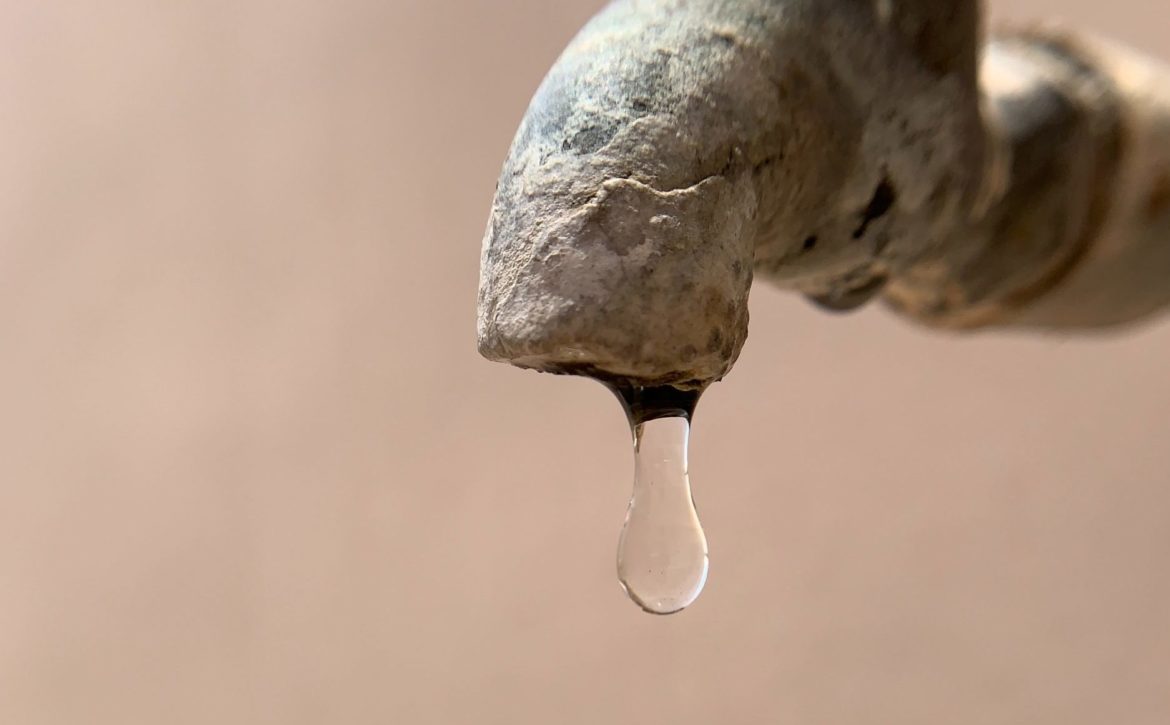5 Signs You Need a Water Conditioner
Millions of homes across the UK suffer with hard water, and it can be easy to overlook the signs in the beginning. It’s one thing to ignore a build-up of limescale, or slightly lifeless laundry, but once the scale really starts to set in, you’ll notice the effect on your home, appliances, and health. A water conditioner is a simple, eco-friendly solution which requires no salt or chemicals, and allows you to enjoy all the good from your water, without the scale.
If you recognise any of the following issues, now could be the right time to install a water conditioner from Halcyan Water.
How a Water Conditioner Works
Water conditioners aren’t like water softeners which remove calcium and magnesium from the water supply through a salt-based ion exchange process. A water conditioner leaves the natural, healthy minerals in your water untouched, and instead changes their structure so they’re unable to form scale deposits.
This gives you water which still contains all the beneficial minerals, but without the high cost and inconvenience of hard water. With a Halcyan water conditioner, there’s no salt bags to change, no regeneration cycles to run, no waste water to worry about, and no maintenance. Just long term protection for your home.
1. Dry, Irritated Skin and Dull Hair
One of the first signs of hard water is how it affects your skin and hair. Dry, itchy skin after a shower or bath can be one of the most noticeable signs of hard water. Mineral-rich water can strip away natural oils and moisture, leaving your skin feeling tight and flaky, or itchy after washing. You may also notice hair that is harder to rinse out, rougher to the touch, or less shiny than usual.
Hard water can also react with soaps and shampoos, meaning you need to use more to get the same results.
2. Persistent Limescale Build-Up
If you’re forever scrubbing white chalky residue from taps, shower screens, kettle elements, and bathroom tiles then you’re dealing with limescale, the most common symptom of hard water.
Left untreated, over time limescale can:
- Create blockages on shower heads and reduce water pressure
- Build up in pipes and boilers
- Shorten the lifespan of appliances
- Cause unsightly stains on kitchen and bathroom surfaces
A water conditioner changes the structure of minerals within the water supply and prevent the scale from forming. This means a cleaner home, with less time spent on cleaning and fewer long term issues.
3. Higher Energy Bills and Inefficient Systems
Scale build up on heating elements inside boilers, kettles and hot water cylinders act as insulation, which forces appliances to work harder and burn more energy.
A thin layer of limescale on a heating element can reduce efficiency by as much as 15%. That means:
- Higher energy bills
- More frequent breakdowns
- Reduced life expectancy of appliances
- Costly repairs and replacements
By limiting scale, a water conditioner will help your home work more efficiently to protect your investment, and save on energy bills month on month.
4. Faded, Rough or Stiff Laundry
Hard water can really impact how your laundry feels. Washing in mineral-rich water can leave clothes and towels feeling scratchy, stiff, rough to touch and even dull in colour. The minerals in hard water cling onto fibres, preventing detergent from working properly and leaving behind a residue.
A water conditioner stops these minerals sticking to fabrics, meaning:
- Clothes stay brighter for longer
- Towels are softer and more comfortable
- Washing machines stay cleaner and work more effectively
It’s a simple solution to make everyday life that much more comfortable.
5. Cloudy, Streaky Glassware and Dishes
If your glasses never seem to look clean, or your dishwasher leaves a foggy, spotted film on dishes and cutlery, chances are it’s down to hard water. Mineral deposits can cling to glass and metals, leaving a thin layer of scale which can be difficult to get off.
A water conditioner helps to stop minerals from sticking to surfaces in this way, meaning clearer glassware and cleaner dishes.
Time to Take Action?
If you ticked several of the above boxes, chances are your home is experiencing the effects of hard water more than you thought. The good news is, fitting a Halcyan water conditioner is simple, maintenance-free, and will last for decades.
Installing a Halcyan water conditioner means you get:
- No salt or chemicals
- No waste water or regeneration cycles
- A 30-year life guarantee
- Reduced scale and cleaner plumbing
- Better efficiency from boilers and appliances
- Kinder water for skin, hair and laundry
A water conditioner is one of the easiest and most cost-effective ways to protect your home and save money. Get in touch to talk through which Halcyan is best for you.
Learn More

